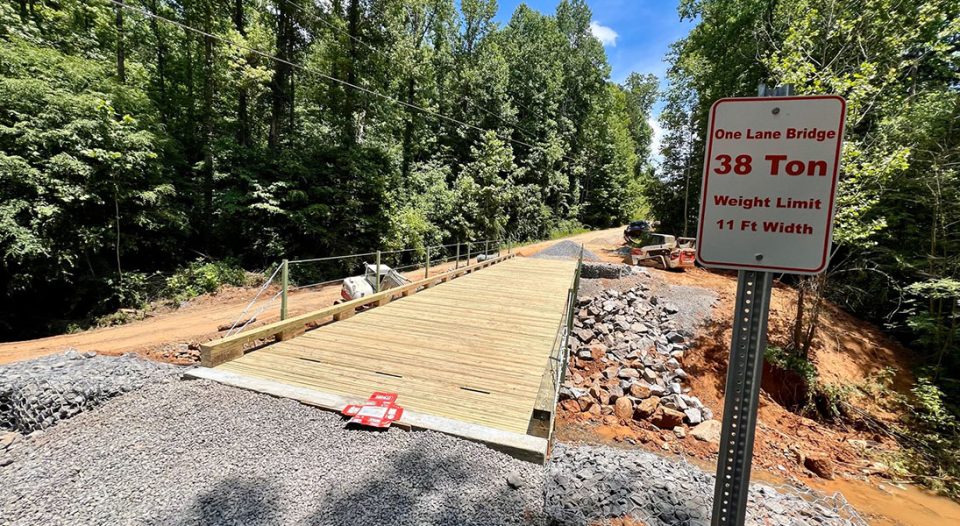In a groundbreaking collaboration, Lutheran Disaster Response (LDR) and Mennonite Disaster Service (MDS) have launched the “Bridging Together” initiative to restore connectivity in hurricane-affected regions of western North Carolina. The partnership aims to rebuild critical private bridges that were destroyed by Hurricane Helene in September 2024, providing vital access to homes and communities.
The initiative, coordinated by LDR Carolinas in cooperation with MDS, addresses the thousands of families that were stranded as bridges that connected homes to state-maintained roads were washed away. With over 5,000 bridges estimated to require rebuilding, the scale of the project is vast, but its impact will be life-changing. To address this challenge, MDS reached out to LDR and LDR Carolinas to collaborate on funding and constructing the bridges.
This partnership is not new. In early 2024, MDS discovered the need for a private bridge in Lincoln County, N.C., serving a community of over 20 families. Their engineer designed a long-lasting solution that would not only accommodate personal vehicles but also support a fully loaded tanker truck from the local fire department. Financial backing from partners such as LDR made this project possible. And even before Iron Station, LDR and MDS partnered to build bridges in West Virginia in the mid-2010s.
A design for resilience and sustainability
The rebuilding efforts will use the Resilient Bridge Design pioneered by MDS, which has already been employed to construct over 130 bridges in West Virginia, Virginia and North Carolina. These structures are specifically designed for durability and efficiency, using wooden-decked steel beams supported by concrete abutments. Steel pilings are driven into bedrock to ensure stability, while the design minimizes ecological disruption and prevents debris accumulation. Each bridge can be constructed by a team of volunteers in approximately one week, demonstrating both the efficiency of the design and the power of community-driven initiatives.
But the partnership extends beyond construction. Both MDS and LDR Carolinas are actively fundraising and recruiting volunteers to support the project. Kevin King, executive director of MDS, said, “Volunteers from MDS and LDR Carolinas will be building bridges that will ultimately bring hundreds of people home.”
Maryn Olson, director of LDR, emphasized the broader mission of the initiative: “The goal of recovery is to get people back in their homes safely.”
The effort is bolstered by collaboration with other organizations, including the American Red Cross, the Federal Emergency Management Agency and members of the North Carolina Voluntary Organizations Active in Disaster (NC VOAD). These groups are contributing funding, securing permits, and offering logistical support to ensure the success of the project.
A proven model of community resilience
The success of the “Bridging Together” initiative has already been demonstrated. In June 2024, MDS and LDR Carolinas completed their first bridge in Iron Station. This bridge endured the high waters brought by Hurricane Helene, proving its resilience and providing a lifeline to the community. For residents like Brandy Nichols, the new bridge symbolizes a return to normalcy. “Thank you is just not enough,” she said. “I can go home now. If it rains, it’s OK—I can go home!”
This success story underscores the transformative potential of the initiative, inspiring hope for the thousands of families who remain cut off from essential services and their communities. The anticipated cost of constructing each bridge is around $50,000 to $70,000. While FEMA and other sources may provide some funding, the partnership relies heavily on community support. Donations and volunteer participation are critical to achieving the project’s goals. By uniting resources and efforts, the “Bridging Together” initiative aims to restore safe access for families and rebuild resilient communities.





